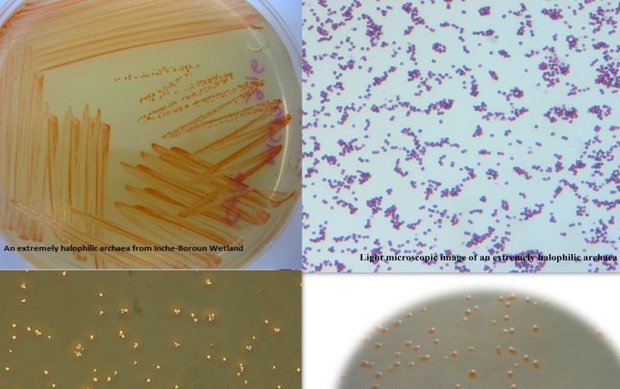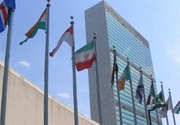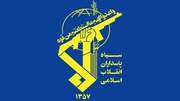Concerning this new microorganism, Seyyed Abolhassan Shahzade Fazeli, the head of Iranian Biological Research Center said “isolation and maintenance of strains are among the important missions of Microorganism Bank of this center. As a result of efforts made by this center, new microbial taxons have been discovered and introduced to the world.”
He went on to add that a new archaeon was discovered thanks to studies conducted on the biodiversity of microorganisms in Mighan wetland. Mighan wetland which is located in Markazi province, benefits from unique ecologic characteristics, therefore it is considered a valuable ecosystem for the IBRC’s studies on microbial biodiversity.
Fazeli pointed out that on the basis of phylogenetic analysis, and phenotypic and chemotaxonomic characteristics, this archaeon, named Natrinema soli, was proposed as a novel species of the family Natrialbaceae and it has been admitted by the International Journal of Systematic and Evolutionary Microbiology (IJSEM).
These species of microorganisms usually thrive in extreme acidic or alkali environments such as hot springs, extremely salty lakes and environments, therefore their ability to withstand extreme conditions makes them valuable for producing enzymes and useful chemical compounds in different industries.
ZG/4077579
























Your Comment